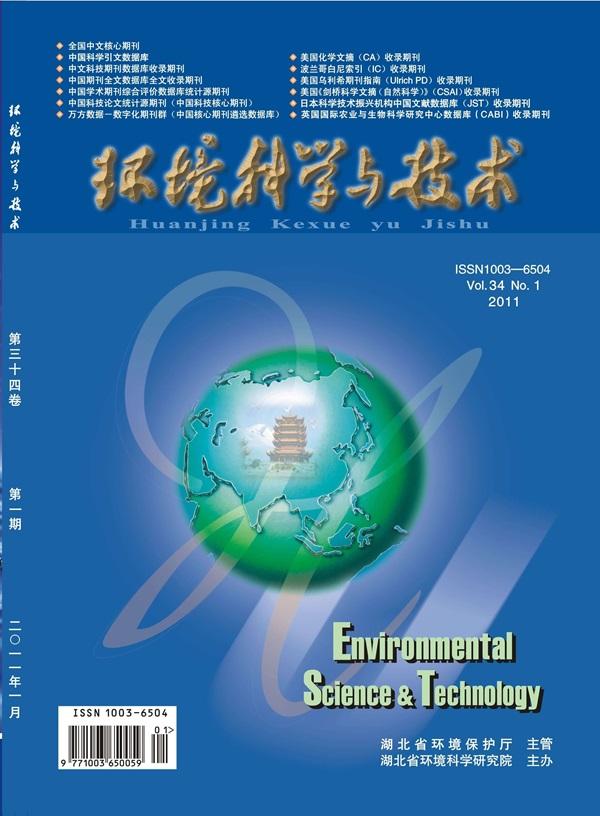Machine Learning Accelerated Discovery of Covalent Organic Frameworks for Environmental and Energy Applications
IF 10.8
1区 环境科学与生态学
Q1 ENGINEERING, ENVIRONMENTAL
引用次数: 0
Abstract
Covalent organic frameworks (COFs) are porous crystalline materials obtained by linking organic ligands covalently. Their high surface area and adjustable pore sizes make them ideal for a range of applications, including CO2 capture, CH4 storage, gas separation, catalysis, etc. Traditional methods of material research, which mainly rely on manual experimentation, are not particularly efficient, while with advancements in computer science, high-throughput computational screening methods based on molecular simulation have become crucial in material discovery, yet they face limitations in terms of computational resources and time. Currently, machine learning (ML) has emerged as a transformative tool in many fields, capable of analyzing large data sets, identifying underlying patterns, and predicting material performance efficiently and accurately. This approach, termed “materials genomics”, combines high-throughput computational screening with ML to predict and design high-performance materials, significantly speeding up the discovery process compared to traditional methods. This review discusses the functions of ML in the screening, design, and performance prediction of COFs and highlights their applications across various domains like CO2 capture, CH4 storage, gas separation, and catalysis, thereby providing new research directions and enhancing the understanding of COF materials and their applications.

求助全文
约1分钟内获得全文
求助全文
来源期刊

环境科学与技术
环境科学-工程:环境
CiteScore
17.50
自引率
9.60%
发文量
12359
审稿时长
2.8 months
期刊介绍:
Environmental Science & Technology (ES&T) is a co-sponsored academic and technical magazine by the Hubei Provincial Environmental Protection Bureau and the Hubei Provincial Academy of Environmental Sciences.
Environmental Science & Technology (ES&T) holds the status of Chinese core journals, scientific papers source journals of China, Chinese Science Citation Database source journals, and Chinese Academic Journal Comprehensive Evaluation Database source journals. This publication focuses on the academic field of environmental protection, featuring articles related to environmental protection and technical advancements.
 求助内容:
求助内容: 应助结果提醒方式:
应助结果提醒方式:


